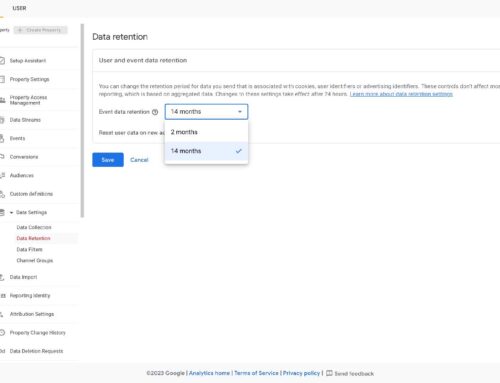 Planning on rebranding?
Planning on rebranding?
As your business evolves and grows over time you may find like me that you want to refresh and update your branding. Rebranding for me started with a new logo and some great new photos – as I have learned from marketing specialist that ‘I am my brand’ and so need to stop hiding away behind the company name and get myself out there more! Thank you Mike Land at Nickel Design for my fabulous new logo. and to Elizabeth at Brand Photography By Elizabeth for taking some awesome shots of me. Updating your brand can improve your online presence and attract new customers. It was really hard work doing this, but worth the effort. I feel I have a fresh new look and a fresh new outlook.
In this blog post, we’ll discuss the steps you need to take to successfully rebrand your website.
-
Define your goals and objectives
The first step in rebranding your website is to define your goals and objectives. What do you want to achieve with the rebranding? Are you looking to update your brand image, improve your search engine rankings, or attract a new audience? Defining your goals and objectives will help you create a clear vision for your website and ensure that you are making strategic decisions throughout the rebranding process. For me it was to improve my brand image as well as credibility and trust.
-
Conduct a website audit
Once you have defined your goals and objectives, it’s time to conduct a website audit. This will help you identify any issues or challenges with your current website and determine what changes you need to make. During the website audit, you should look at things like website design, content, functionality, user experience, and search engine optimisation (SEO). I realised I needed to add and remove some services, add new testimonials and add a review widget, add logos of businesses I support or work with.
-
Create a new brand identity
Rebranding your website requires a new brand identity. This includes creating a new logo, color scheme, typography, images and messaging. Your new brand identity should reflect your business goals and objectives, as well as your target audience. Make sure that your new brand identity is consistent across all of your marketing materials, including your website, social media, email marketing campaigns, invoicing, networking sites, Google accounts. Don’t forget to add a favicon or site icon too!
-
Develop a content strategy
Your website’s content is critical to its success. A well-crafted content strategy can help you improve your search engine rankings, engage your audience, and drive conversions. As part of your rebranding process, you should develop a content strategy that includes keyword research, content creation, and content promotion. Your content should be relevant, informative, and engaging, and it should align with your brand identity. Blocking in regular time for blogging is not only a good idea to show you are active in your field and keep up to date, but is also good as a Search Engine Strategy.
-
Redesign your website
Once you have created your new brand identity and developed your content strategy, it’s time to redesign your website. This involves updating your website’s design, layout, and functionality to reflect your new brand identity and improve the user experience. Your website should be easy to navigate, visually appealing, and optimized for mobile devices. I added a mobile menu in the footer that shows in mobile devices.
Ready to launch and promote your new website?
After you have completed the redesign process, it’s time to launch and promote your new website. Make sure that you have tested your new website thoroughly to ensure that it is functioning properly.
If you have changed your logo, remember to update it on all your social media platforms, as well as online chat tools, Slack, Zoom etc….. and accounting packages so your invoices fire off with your new logo.
Then, promote your new website on social media, email marketing campaigns, and other marketing channels. This will help you attract new visitors and engage your existing audience.
In conclusion, rebranding your website can help you improve your online presence, attract new customers, and achieve your business goals. By following these steps, you can successfully rebrand your website and create a website that reflects your brand identity and engages your audience. Remember to define your goals and objectives, conduct a website audit, create a new brand identity, develop a content strategy, redesign your website, and then launch and promote your new website. Good luck!










